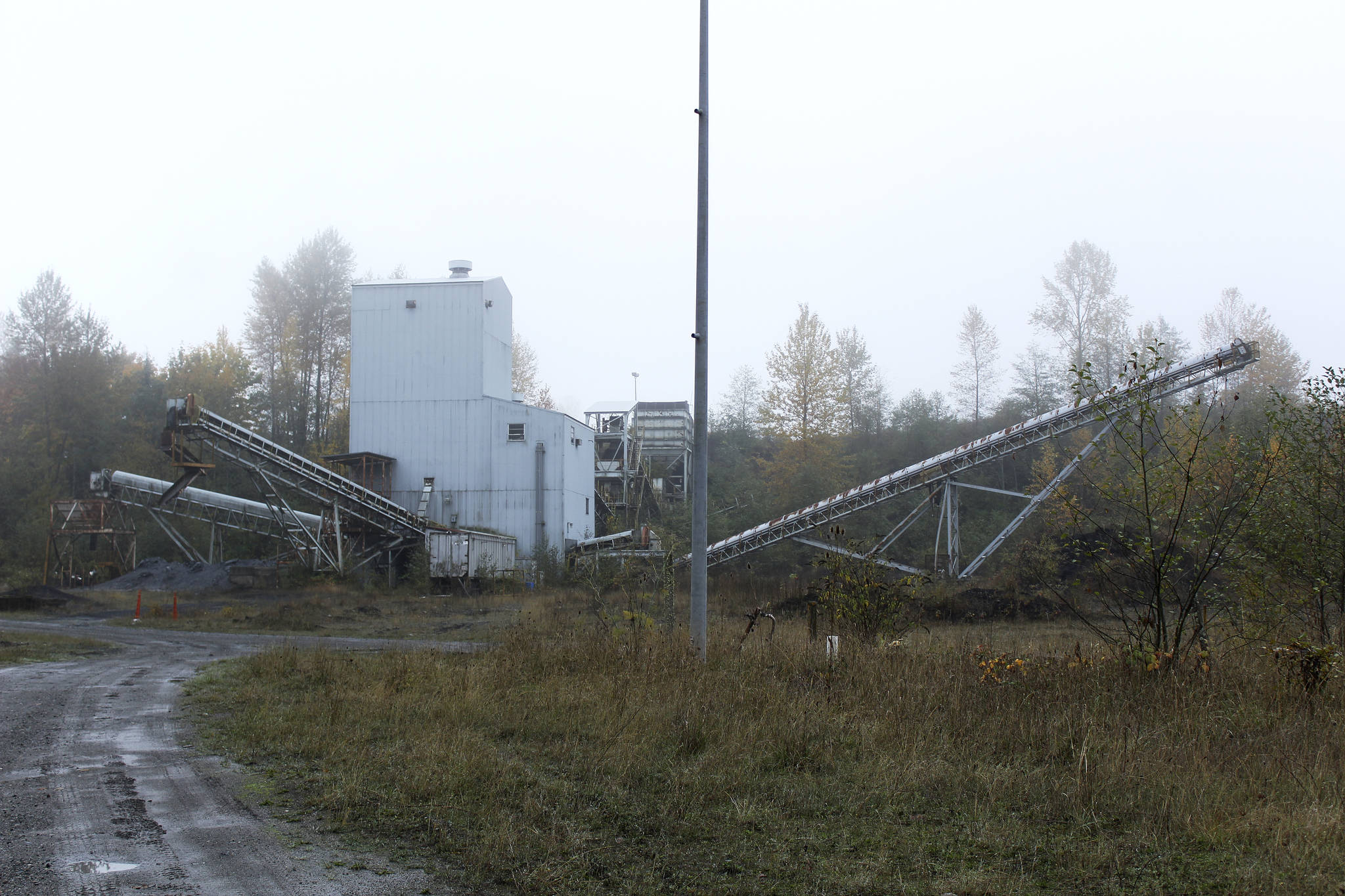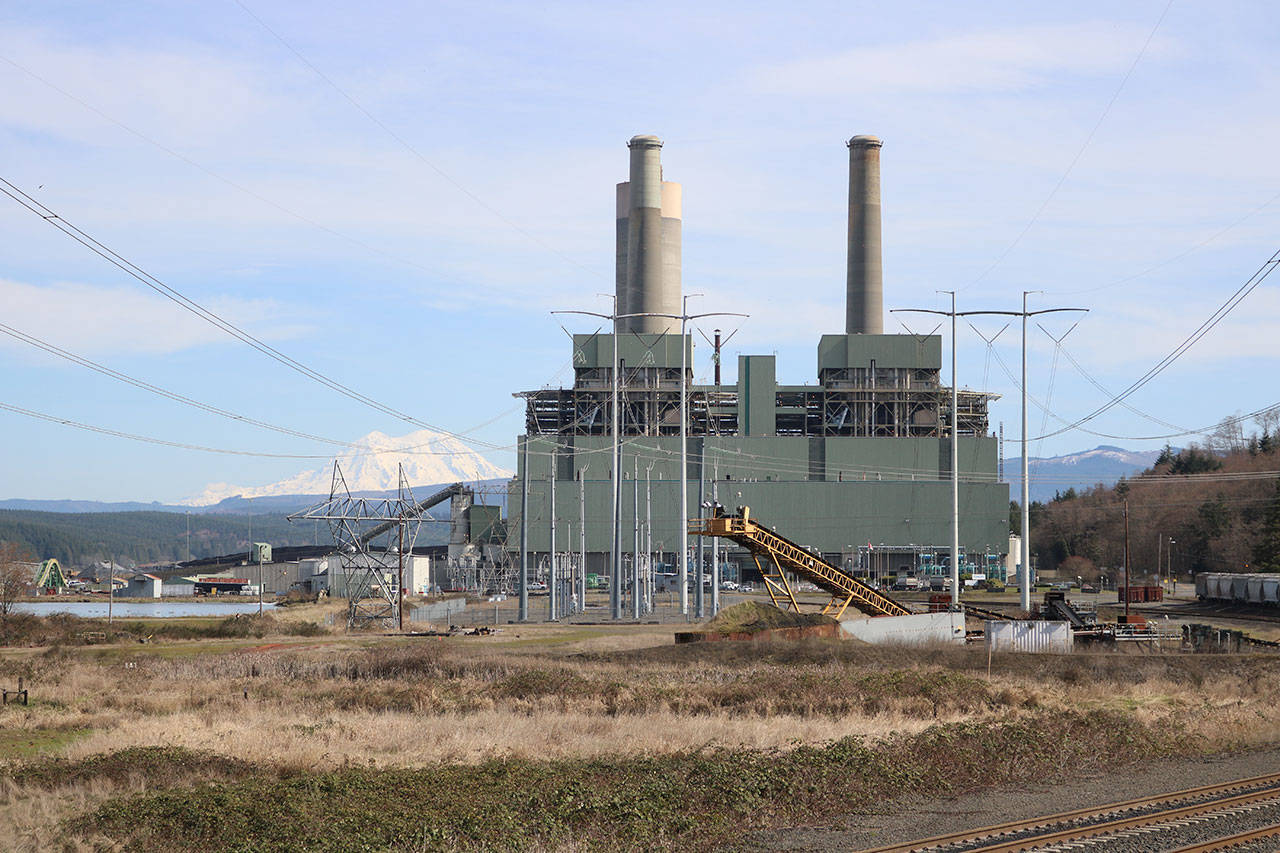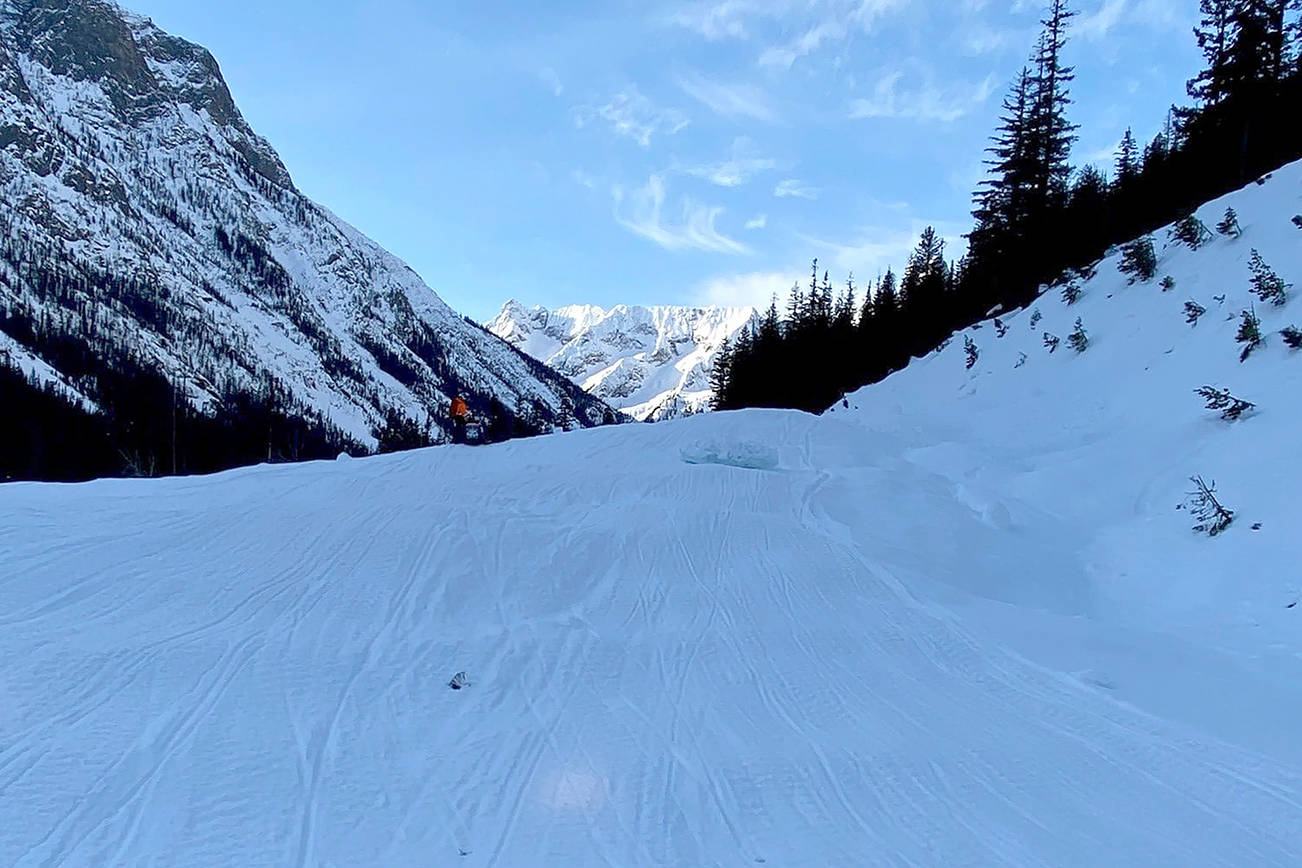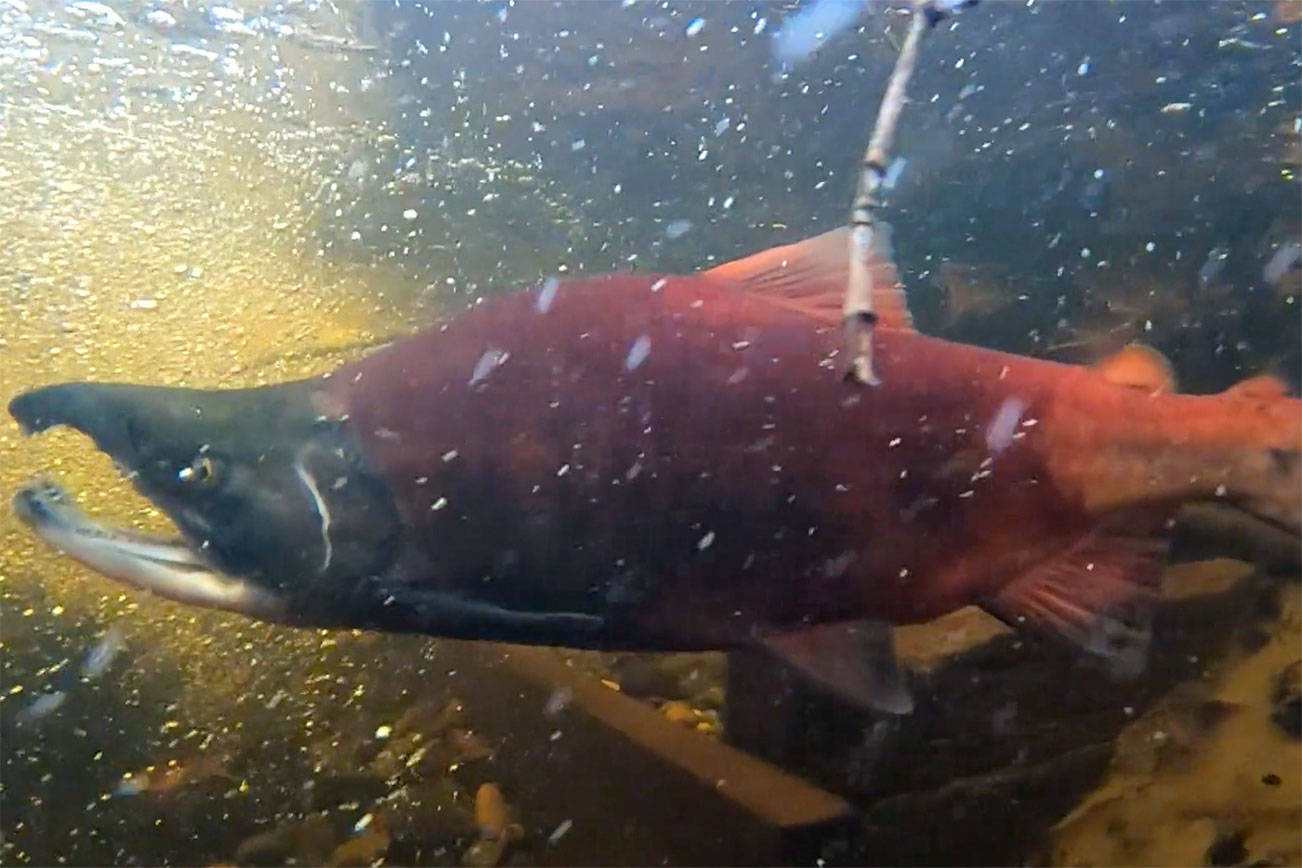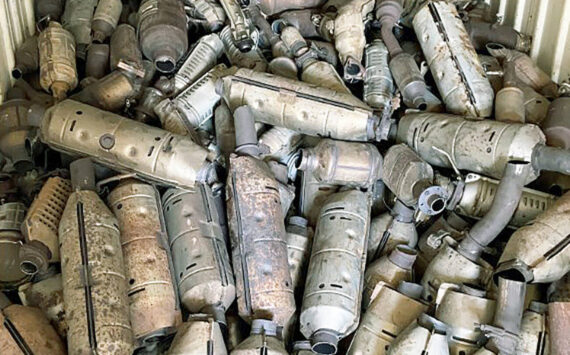The Pacific Coast Coal Company (PCCC) has secured a federal permit that allows for the extraction of coal from a mine near Black Diamond. While the company still requires two more permit updates before it can resume operations, the approval by the U.S. Department of the Interior marks a major step toward reopening the mine, which has been closed since 1999. It would be the only active coal mining operation in the state.
The approval is the latest development for the dormant mine, which made headlines last fall when federal regulators found the mine would have no significant environmental impacts. Environmentalists and local leaders have expressed opposition to the mine reopening, but PCCC appears to be moving ahead nonetheless and is planning to restart mining by this fall at the earliest.
“We’ve been working hard to get us to where we are today and we want to finish mining the coal reserves we have,” PCCC general manager David Morris said. “It’s a good asset.”
The permit to re-open the John Henry No.1 mine was approved April 18 by the Department of Interior’s Office of Surface Mining Reclamation and Enforcement (OSMRE). The approval would re-open two mine pits on the 480-acre property, estimating that it would produce 84,000 tons of usable coal annually, a much smaller amount than the 300,000 tons the mine produced each year in its heyday. The plan calls for six years of mining.
“It’s all a market timing because a lot of our customers buy annually,” Morris said.
The plan would bring coal mining back to a town that was born from it. Black Diamond was incorporated in 1959 but had been a community of coal miners since the late 1880s. The historic PCCC, which was headquartered in Black Diamond, was at one time the largest coal mining outfit on the West Coast, according to the city’s website. The current PCCC retained the name after a landowner bought the John Henry mine and naming rights in the 1950s, but is a different company, Morris said.
According to the application submitted by PCCC the mining would be done using an open-pit method that uses heavy machinery and explosives to reach the coal. The coal would be processed onsite and shipped to Seattle and British Columbia, says the company. Some 60 percent of the coal would go to the Lehigh Cement plant in British Columbia, with the rest likely going to Seattle’s Ash Grove plant, which produces lime. It was estimated in the application that over the course of six years, the mine’s total direct and indirect CO2 emissions would reach 240,110 metric tons, around two percent of the total annual emissions in King County. Morris said they wanted to reopen the mine a decade ago but federal regulators would not approve it without customers under contract.
He said blasting will happen once every two weeks depending on the level of production needed. It will be conducted with delayed explosions so blasts will be staggered instead of detonating all at once.
The use of coal has come under scrutiny by environmental activists and the state of Washington. King County executive Dow Constantine criticized the project last September, vowing to stop the project through legal measures if necessary.
Last December the Black Diamond city council voted to approve a resolution opposing the re-opening of the mine, which sits just outside of the city limits to the north. However, the city has no legal authority to stop or delay the project, making the vote largely symbolic.
At its peak in 1993, the John Henry mine employed 75 people. If the mine is re-opened it would create 30 full-time jobs during the years of operation and 20 full-time jobs during a seventh year when the area would be restored and the mine filled in.
Mining permits in Washington state are issued by OSMRE, making it an outlier nationally as every other state with the exception of Tennessee issues its own mining permits. Tennessee recently passed legislation seeking to issue its own permits as well.
Before it can resume operations, PCCC still needs to update a water quality permit from the state Department of Ecology. Morris said PCCC has all the needed permits as they automatically renew. However, they must be updated. The company submitted an application to the agency on March 22. It was accepted on May 16. Washington state Department of Ecology spokesperson Larry Altose said the department is in the process of reviewing the application, which would dictate water quality on the site and cover coal mining operations.
“We are in the process of re-issuing the permit,” he said.
If a draft permit is issued, the department would seek public comment within one year. The site lies within watersheds for both the Green River and Sawyer Lake and Ecology will take into account potential effects on them.
The mine also requires a grading permit from King County. The current grading permit is set to expire on Dec. 31.
A final permit from the Army Corps of Engineers is needed to resume mining as a condition of the OSMRE approval. A spokesperson from the Corps said PCCC has not filed a permit application yet, but PCCC is working with the Corps toward securing an updated permit.
The last coal mine in Washington state was located in Centralia and was shuttered in 2006. That mine provided coal to the Centralia Power Plant, the only remaining coal-fired power plant in the state.
The OSMRE in 2009 ordered that the mine either re-open or be restored or filled in and restored. PCCC submitted for a revised permit in 2011, which had been working its way through federal regulators since then.
akunkler@soundpublishing.com
